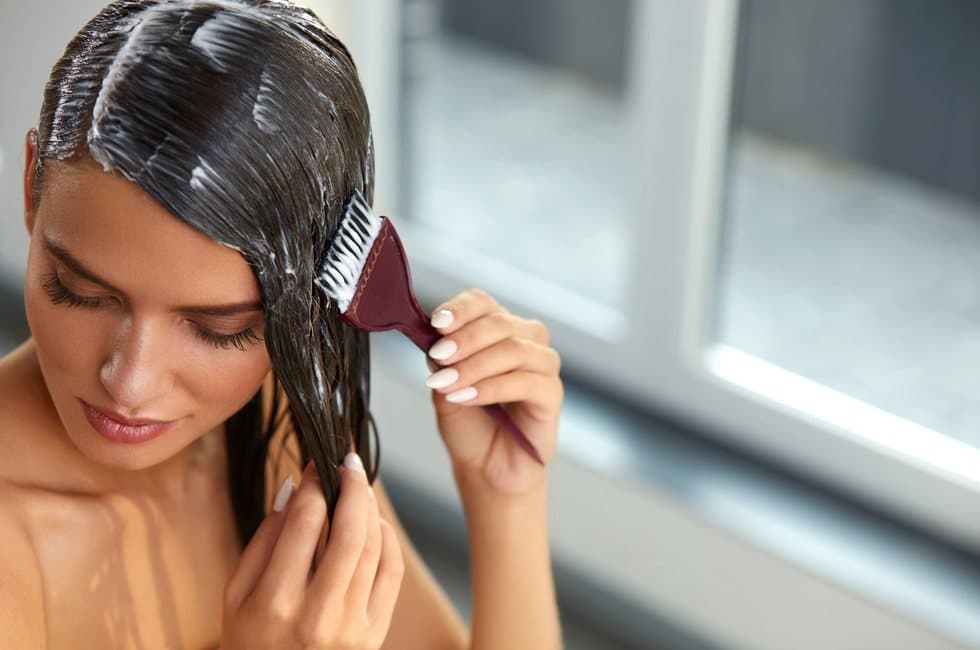Hair Dyeing at Home – An Easy Guide
You should never color or cut your own hair without consulting a professional. Anybody who’s ever impulsively cut a bang knows it’s dangerous. Experts are usually the best choice when it comes to handling this kind of work. In this case, things are not as they usually are. As part of efforts to reduce the spread of the Coronavirus, cities and states across the country are ordering nonessential workers to stay indoors. In the blink of an eye, coloring your own hair or cutting it isn’t so bad. It can be tricky to dye your hair on your own.

There’s no doubt that in theory, you should be able to pick up a box hair color at Target and get brand new locks out of your bathroom but make no mistake-it’s certainly possible to make a mistake. To avoid these mistakes, you should check for reviews of these products beforehand and this is the best site if you want to check overeview.io product review technology because they did extensive reviews of the best products for hair that are worth checking out. The following are some of the steps to follow to maintain your new look once you have dyed your hair. I also find the directions on the back of the box to be mysterious.
How to Dye Your Hair at Home – An Easy Guide
Do A Strand Test:
The best way to ensure you are choosing the right shade is to test it out on a small area before you do the whole head, says Sharon Dorram of Sharon Dorram Color at Sally Hershberger, whose celebrity clients include It is easiest to cover a small section of hair above your ear (where it will not be seen) with the color for 15 minutes at a time. You might want to check the results out
Buy Two Boxes:
Use two boxes of the same shade if your hair is long or very coarse, or if your hair is as long as your shoulders. It’s important to mix the dyes in a glass or plastic bowl – a metal bowl will cause the dye to oxidize, resulting in an unfavorable result.
Never Mix Shades For A “Custom Color:
A hair color that contains multiple shades of a single color is not recommended unless you are a professional. All the major companies were unwilling to guarantee that the combined color of the resulting material would be predictable. Typically, the end result varies a little bit from what’s on the packaging, even if you use a single color. The best way to avoid strand problems is simply to choose one shade and follow the strand test instructions exactly.
Wear Easy To Remove Clothing:
If you have old robes or button-through shirts that you don’t mind staining, wear them instead, so you won’t have to worry about lifting a shirt over your head when you wash. If possible, cover surfaces (floor, sink) with garbage bags or layers of newspaper you can throw away afterward instead of sheets or towels that can soak through and need washing later.
Protect Your Skin:
Several dyes can cause irritation and staining of the skin, so when you apply color it’s a good idea to spread Vaseline along the hairline with your finger or Q-tip first.
Detangle:
Frequently braiding your hair and thoroughly brushing it before dying your hair is recommended by Morales. It will prevent any knots or tangles from creating an uneven application. Furthermore, when applying shampoo we doubt you want to detangle your hair mid-process. Beginning at the ends of your hair, and work your way up to the roots with a wide-tooth comb or Wet Brush.
Section Your Hair:
In order to avoid patchiness, create a middle part that runs from the front to the back of your head and split the hair into four sections – two in front of the ears, and two behind. It is important that you keep your application organized, says Brooke Jordan, head stylist at The Bird House salon in New York City. The problem is, people often miss spots, or don’t know where to go after completing the front-to-back steps. To solve this, create four sections using clips and go through them at the same time.
Read The Directions:
The following tip may seem obvious, but it’s one worth keeping in mind. Observe the instructions carefully and read them carefully,” Morales states. In-home hair coloring kits are designed to work in a specific way, so it’s important that you follow the instructions included in your kit for any tips about use, like when to apply it and how to wash it out.
Stop Squeezing From The Bottle:
While squirting dye into a bowl and spreading it all over your hair may seem easy (and fun! ), you could be losing out on even, quality results. Get a bowl and brush like a salon colorist uses for the best results and least mess.
Apply Dye To Roots First:
Starting at the roots is the best way to apply hair dye. They are the areas of the hair where regrowth occurs first and the parts that are the least damaged, so they require the most color and processing time. Let the color develop for the amount of time indicated on the packaging. Once you’ve applied the serum, comb it evenly through the rest of your hair to avoid a two-tone appearance. Work in four to six sections, just like the pros do (use hair clips as you go if you wish), to ensure complete work.
Wash Your Hair Properly:
It is best to just rinse out your hair with water before shampooing right after coloring. Make sure to use hair shampoos that are sulfate-free. Sulfates will cause your hair to swell and will cause the color to fade.
Maintain Your New Hue:
Your end goal now is to preserve the color that you have worked so hard to get. Color-treated hair should only be washed with a shampoo made for colored hair. If you do not want your clothes to fade prematurely, limit washings to twice per week.






